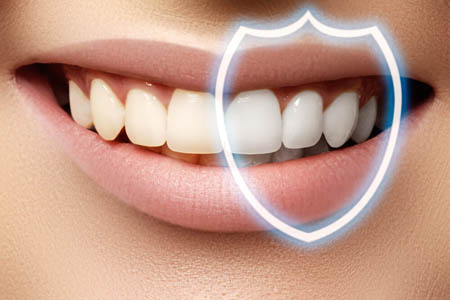Dental Bonding is a strategy where your dental specialist applies a tooth-shaded composite gum to at least one of your teeth to fix harm. It’s a financially savvy arrangement since it’s impressively more affordable than other corrective dental methods, for example, crowns and veneers.
How does Dental Bonding work?
To start the cycle, your dental specialist utilizes a shade manual for pick a composite pitch shading that intently coordinates with the shade of your regular teeth. Your dental specialist roughens the outer layer of the tooth, and afterward applies a fluid that permits the holding specialist to adhere to the tooth.
Your dental specialist applies the composite pitch over the fluid, forms or shapes the tooth, and afterward solidifies the material with a bright light.
If vital, your dental specialist can additionally shape the tooth after the sap hardens
Why get Dental Bonding?
Tooth holding can fix a deformity or blemish inside a tooth. Certain individuals use clinging to fix a rotted, broke, or stained tooth. This technique can likewise close little holes in the middle of teeth.
Tooth holding can likewise build the size of a tooth. For instance, perhaps you have a tooth that is more limited than the rest, and you need them all to be similar length.
Are there any dangers of teeth bonding?
Dental holding doesn’t have any major risks.
Keep as a primary concern that the composite tar utilized with this method isn’t so solid as your regular teeth.
It’s workable for the material to chip or separate from your genuine tooth. Chipping or breaking, in any case, doesn’t happen as regularly with a crown, facade, or filling.
A reinforced tooth may chip assuming that you eat ice, bite on pens or pencils, nibble your fingernails, or clench down on hard food or candy.
The gum likewise isn’t as stain-safe as other dental materials. You might foster some staining assuming you smoke or drink a ton of espresso.



